Hello, my dear colleagues! I am so happy to collaborate with British Council once again, and this time I will present with Owain from ELT Sustainable! This article will introduce 10 ESL activities about the environment you can do with young learners or your children at home.
We will talk about our favorite topic: environmental education and learning English! This post is an additional material with 10 activities for the people who will be present in the live session simply because we won’t have too much time to describe everything we want. On the other hand, this article may be great for extending the learning after the session and reading about the activities in more detail.
Without further ado, here’s the collection of my favorite environment ESL activities!
1. Poe-tree: tree exploration and appreciation through art + free printable
Face to face outdoor activity, online (the children can do the activity in their community with their parents and present in an online lesson)
Individual and group work
This Poe-tree activity includes outdoor observation, describing a tree, and writing a haiku.
Instructions
- Go outside and observe different kinds of trees.
- Chose a tree near your home or school.
- Spend time with your tree and explore it from various perspectives; lie underneath, run around, touch the bark, climb it.
- Using the first page in this printable write nouns, adjectives, verbs, adverbs, phrases, and your thoughts.
- Use senses (touch, smell, see) to come up with more words.
- Motivate children to use poe-tree 1 or two and make shape poetry with their words. It can be any kind of poem. The examples below are haiku poetry. Grab the full free printable below!

What is a haiku?
A haiku is a form of poem that originates from Japan. A haiku has three lines. There can be many words, but there must be 5 syllables in the first line, 7 syllables in the second line, and 5 syllables in the third line. Haikus do not usually rhyme.
Additional Poe-tree activities
- After making your haiku or another poem, decorate the tree with natural materials you collected outside or color it.
- Make an exhibit with your poetry and invite the other class to explore it. The students should stand next to their artwork and be ready to answer any questions.
- When you go back to the classroom, play relaxing music, instruct students to close their eyes, breathe deeply, and imagine that they are still around their tree.
- Encourage a discussion and motivate your students to describe their tree and explain why they selected that specific tree.
- Continue by repeating the same process, only this time do it only with natural materials collected outside and instead of writing make a video.
Click on the photo below to download the printable material for free. Then, make an account, add to the cart, and checkout for free!
Let’s continue to our second ESL activity about the environment!
2. Trash flows game
Face-to-face game – requires a group.
Game + group work/discussion ‘’The Danube – the world’s most international river
For this activity, you need a map of the Danube (or any international river) to identify the countries it passes and add more information to the map. Maps should be printed out on A3 paper, and the students need to color in the fiver flow.
Before class, pieces of paper are prepared as DIY flashcards – you don’t need to print anything. Then, explore the cities and countries on the river you decided to explore.

- The children all come together to the center of the classroom to represent the Danube and the countries in the Danube basin. The children discuss which of these countries the Danube flows through, where it originates and where it flows into the Black Sea. The Danube map from the previous activity should be used to help. The children impersonating countries the Danube flows through taking each other by the hands to form the Danube.
- Now the teacher tells the children that it has started to rain hard in one country. The water level in the rivers rises. When the water has flown into the next country, the water level falls again. Making “the wave”
- In the first round, the children hear for example: “It’s raining in Hungary.” The water in this country rises. The child playing in this country makes a wave. She throws her hands up in the air for a few seconds and calls out the name of the country into which the water flows on: “Hello, Serbia! Here comes water for the Danube!” and so on, until they get to the Black Sea. Then all the children shout together: “Hello, Black Sea! Here comes our water from the Danube.”
- In the second round, it gets more difficult, as it rains simultaneously in two different countries.
- In the third round, it rains in three different countries.
- In the last round, it rains in an area where it hadn’t rained before. This ensures that all children have a turn.
Doing the activity with children.

Doing the same activity with teenagers.
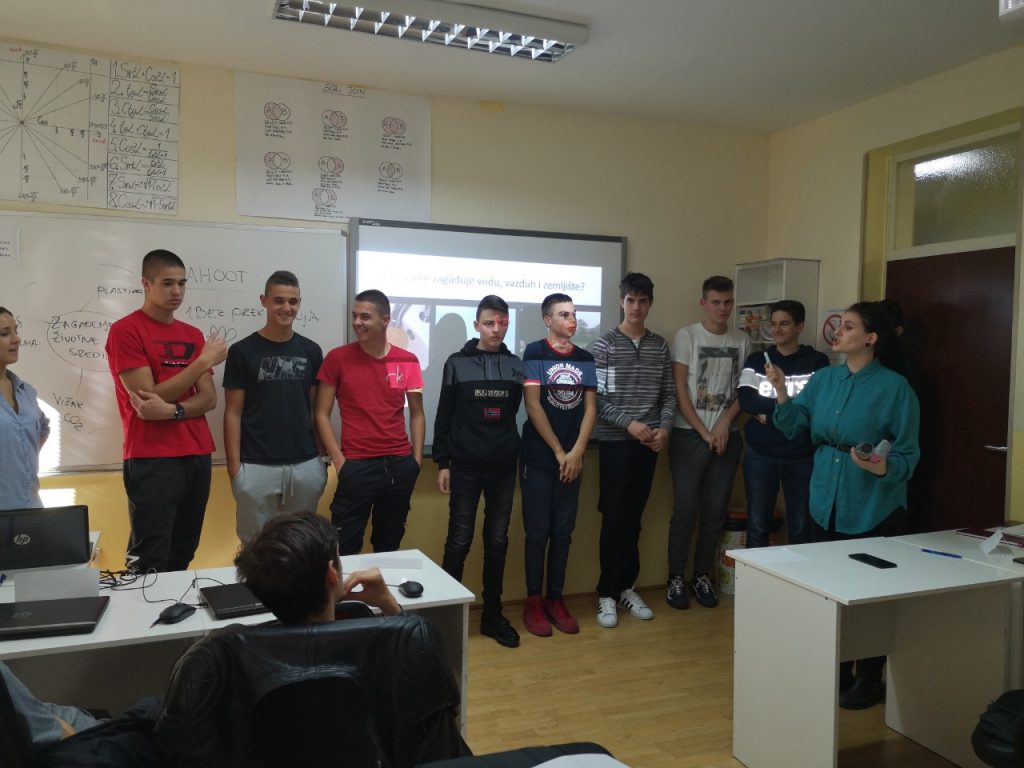
3. Outdoor research on the stream + a free printable
Face to face outdoor activity, online (the children can do the activity in their community with their parents and present in an online lesson)
Individual and group work
The research activities take place on a riverbank or any large body of water, and the children search for interesting objects. They are given the following instructions: Find:
- Different stones
- Different signs of animals, for example, snail shells
- Different leaves of bank-side or water plants
- Pieces of driftwood
- Traces of humans, for example, cigarette stubs, and especially plastic next to the water and in the water
Each group presents their findings on a white cloth; the possible origins of the collected objects are discussed and explained in the lesson. The checklist below goes with the activity. I have done many ESL activities about the environment, but this one is my favorite outdoor activity.
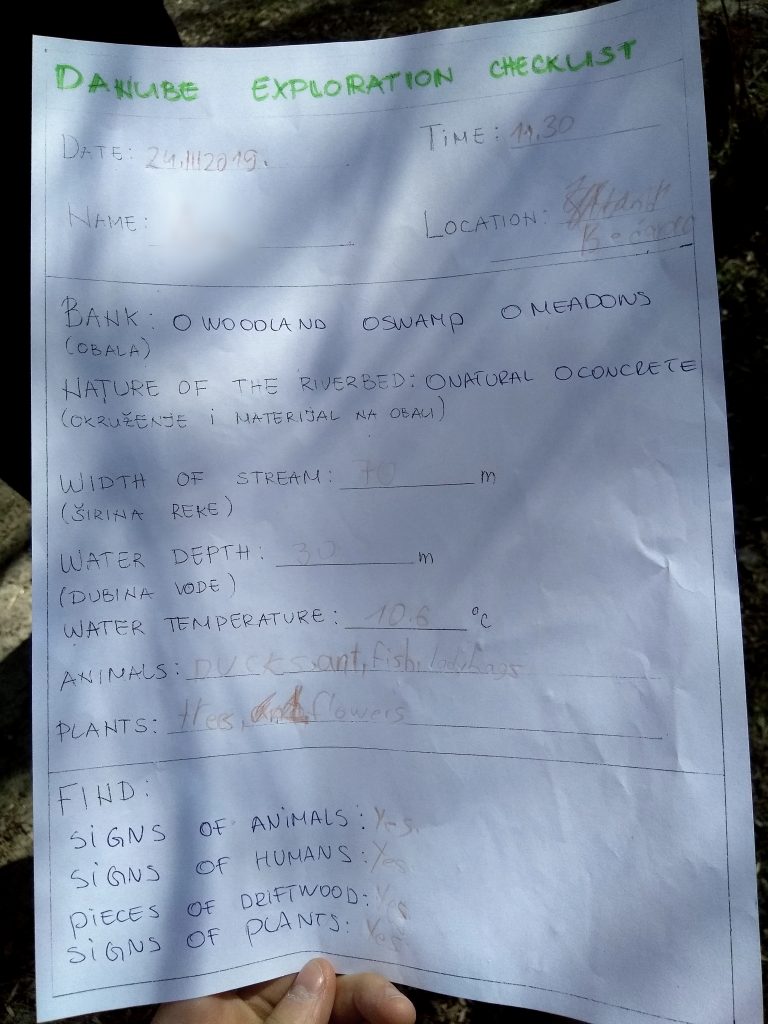
The children loved this activity, and they collaborated amazingly!
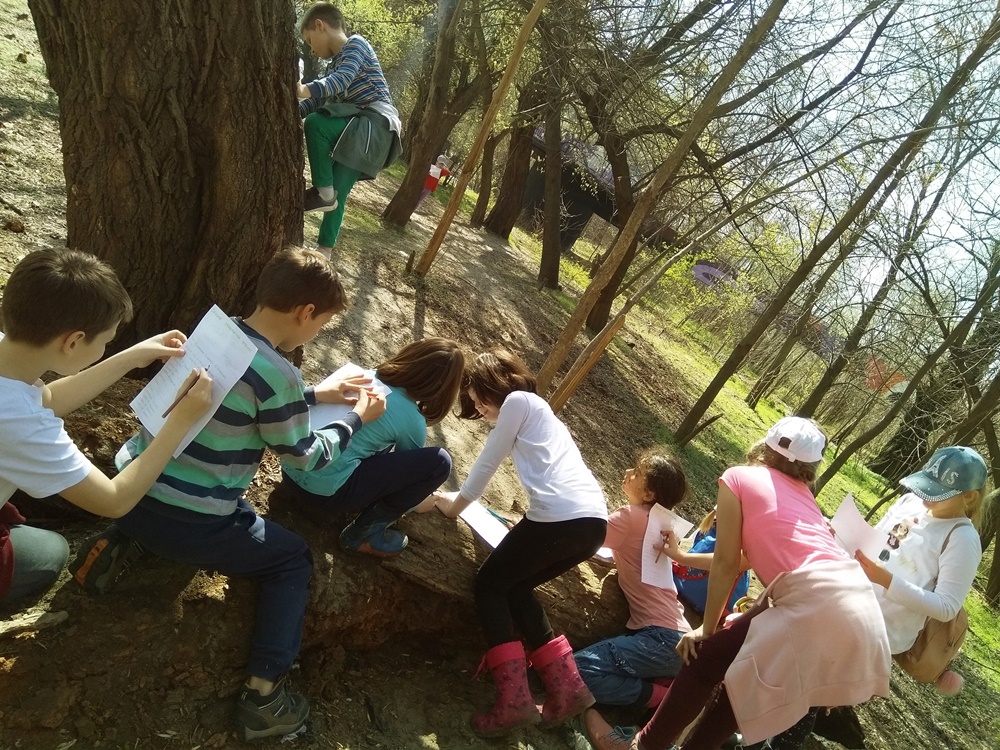
Click on the photo below to download the printable material for free. Then, simply make an account, add to the cart, and checkout for free!
4. Observe the greenhouse effect in a jar
This question seems complex, but it does not require any special environmental science (except following logic), and this ESL activity can also be suitable for parents.
Face-to-face activity, online (the teacher can experiment in a live lesson, and the children can do the rest of the activity their parents and present in an online lesson).
Individual and group work
Here’s a difficult question: How would you help your students understand why greenhouse gases are necessary while also helping them understand amplified warming due to increased levels of greenhouse gases in the atmosphere?
Since I am a preschool teacher and our native language is not English, we will do experiments and modeling.
What You Need:
- Two thermometers
- A notebook
- Pencil or pen
- A clear container, such as a jar
- Watch or clock
- A sunny area, either outside or inside
What You Do:
- Lay the thermometers in direct sunlight. Let them sit in the sun for three minutes.
- Open up a page of the notebook and draw two columns, one labeled “Thermometer A” and one labeled “Thermometer B.”
- After the three minutes have passed, read and record the time and thermometer temperatures in the notebook.
- Place one of the thermometers in the jar or container and seal. Make sure the lid doesn’t cast a shadow on either thermometer!
- Record the temperature of the thermometers every minute for ten minutes.
- Discuss how the container affected the temperature of thermometers. How did the temperature inside the container change compared to outside the container?
What’s Going On?
The thermometer outside the container is constantly being exposed to air that constantly changes temperature as the warm air mixes with passing cooler air. The air inside the container is trapped and can’t mix with the cooler surrounding air–it just gets warmer as the sunlight heats it. A greenhouse works similarly; solar energy in light creates thermal energy, or heat, that can’t escape through the glass. This activity mirrors how a greenhouse works, but it’s not the same as the greenhouse effect that is taking place in the Earth’s atmosphere. A complex interaction between light, heat, and chemicals makes up the greenhouse effect and the chemicals known as “greenhouse gases” in the environment. They cause the temperature of the Earth to be warmer than it would be without them, much like the glass in a greenhouse or the jar in this activity.
I would then try to deepen their understanding by presenting the positive greenhouse gases.
Did you know?
Some greenhouse gases are actually helpful and natural–they keep the Earth’s surface from getting too cold. In fact, without some greenhouse gases, humans would regularly experience temperatures as low as zero degrees Fahrenheit or -18 degrees Celsius. The problem comes when pollution caused by human industrialization creates additional greenhouse gases, such as carbon dioxide. Excess greenhouse gases in the atmosphere increase the earth’s overall temperature and disrupt the natural balance of the Earth.
5. Edible modeling activity + dramatization
Face-to-face activity, online (the teacher can do the activity in a live lesson, or the children can do the activity with their parents and present in an online lesson).
Individual and group work
To continue learning about pollution, make some edible molecule models.
Play and dramatize with the chemical models. Discuss what happens in the atmosphere. Give roles to children and demonstrate with their own bodies what happens in the atmosphere.
6. Pollution and recycling activity with flashcards + recycle roundup game
Face-to-face activity, online (could easily be done with teachers and parents).
Individual and group work
Introduce flashcards with the new vocabulary.
Ask questions about the content of the flashcards. Give hints to the students and help them guess the vocabulary. Do not give them the vocabulary immediately. The names are written on the back of the flashcards.
Ask the children to guess the lesson topic based on the flashcards.
Introduce the topic of pollution, with an accent on plastic trash and water pollution. Continue with activity number 9.
Finish by playing this Recycle roundup game to sort the trash.

Click on the photo below to download the printable material for free. Then, simply make an account, add to the cart, and checkout for free!
7. Easy water analysis and bacteria detection from a river
Face-to-face activity, online (the teacher can do the experiment in a live lesson, or the children can do the experiment with their parents and present in an online lesson).
Individual and group work
Collect samples from the river/lake and tap water and showcase the water analysis.
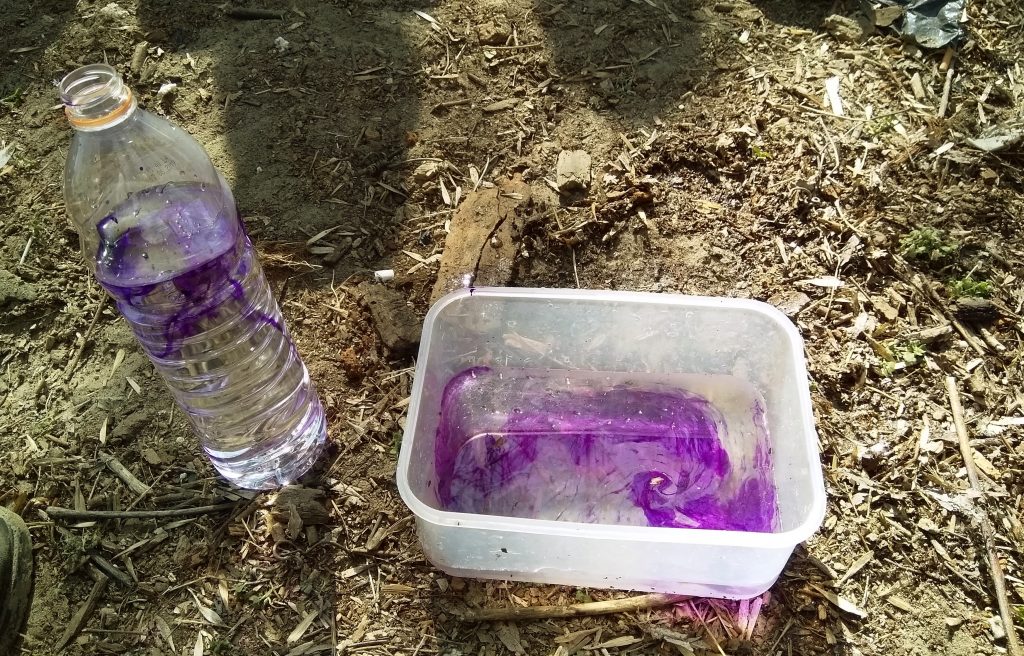
Measuring the amount of bacteria in the water – step by step:
- Take a transparent bowl of Danube water.
- Pour the tap water to another transparent bowl.
- Drop the bacteria detecting liquid into the Danube water. Watch it and monitor the color change. (The liquid can be found at any dentist’s office.)
- Drop the bacteria detecting liquid into the tap water. Watch it and monitor the color change.
- Compare the bowls and take pictures.
Discussion questions:
- Which bowl has a higher level of bacteria?
- When is it safe to drink?
- Does pollution help bacteria grow?
- Revise the information about microplastic.
After that, use a sponge in a shape of a fish and put it in the water. Ask the children what happens with the sponge in the water. (It absorbs particulates and microplastic from polluted water, just like fish. After that, we eat the fish and absorb all of these things. The conclusion: We cannot run away from the polluted nature.)
The children should do ALL the experiments. The teacher/parent should give instructions.
8. Writing e-mails to children from other countries
We are continuing with a simpler ESL activity but also completely focused on the environment.
Face-to-face activity, online (Parents can do this activity as well.).
Individual and group work
Find pen-pals to discuss local environmental programs live or via email.
You can practice both writing and speaking. To find a class/children, simply ask in any teacher Facebook group and present your cooperation. Ask questions and compare the information to your city/country. Are there similarities?
Here are some easy prompts for starting a discussion:
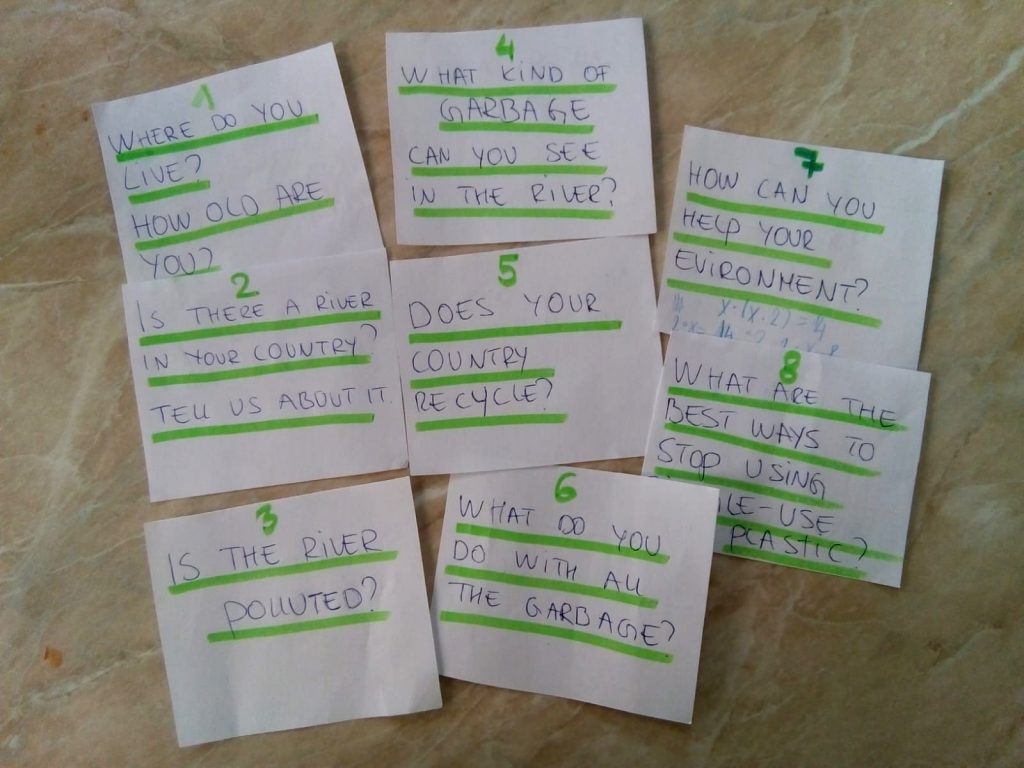
A screenshot from our talk with two children from Egypt where we compared the Danube and the Nile.

9. The plastic planet discussion + checklist creation lesson + free digital interactive digital material
Using the Microsoft Sway software, introduce and discuss plastic pollution.
The text and the photos come from the National Geographic Kids website.
How to use Sway: Move the arrows on your keyboard to the right. Click on the animal slideshow with your mouse to see all the animals and plastic photos.
To deepen the learning, paper worksheets and any use of paper are minimal to avoid creating waste.
The children will describe the photos in the presentation and read the text, paragraph by paragraph, individually. If there are difficulties in reading, the text will be read chorally.
The teacher will help them discuss unknown words, if necessary. Possible questions about the text are listed in the Sway presentation.
Read garbage synonyms and explain the difference.
10. BONUS – Renewable energy resource lesson and building an eco-house + full lesson plan and digital material
This ESL lesson requires a bit more knowledge of the environment, but with this detailed article, all of the activities can be done by parents.
Suitable for online and face-to-face lessons.
Related articles on my website
To read more articles on my website related to environmental education, click HERE.
To conclude
I hope you enjoyed my favorite ESL activities related to the environment! If you do some at home or in your class, please share photos with me and your feedback!
How do you engage your learners online? Have you ever considered including activities about the environment in your ESL lessons? Finally, is there a place for any environmental activities in your ESL classroom, or should these be kept for the science lesson? Write below or get in touch via the contact page if you have anything to add or say.

Click here to explore my store where 99% of materials are forever free!
All the materials except lesson plans and 30+ page interactive activity books will be free FOREVER! Why? Because sharing is caring, and 2020 hasn’t been kind to all of us. Please consider donating so I can keep making FREE materials for everyone and keep my website open for all of you.

Don’t forget to leave a review when you download materials! It’s just a minute of your time, and it means a lot to me.
P.S. The store and the freebie library are not the same things – the freebie library has some extra materials like conference presentations and webinar recordings which are not available in the store ✨
The subscription link for the store is below my bio in every post. ?

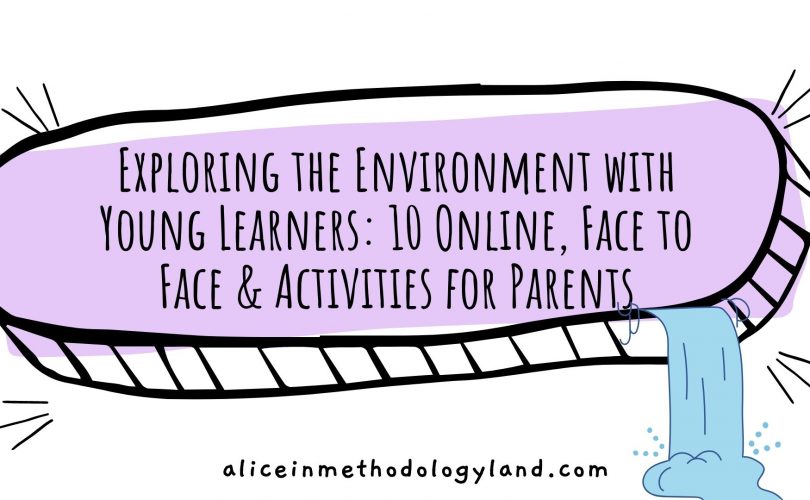
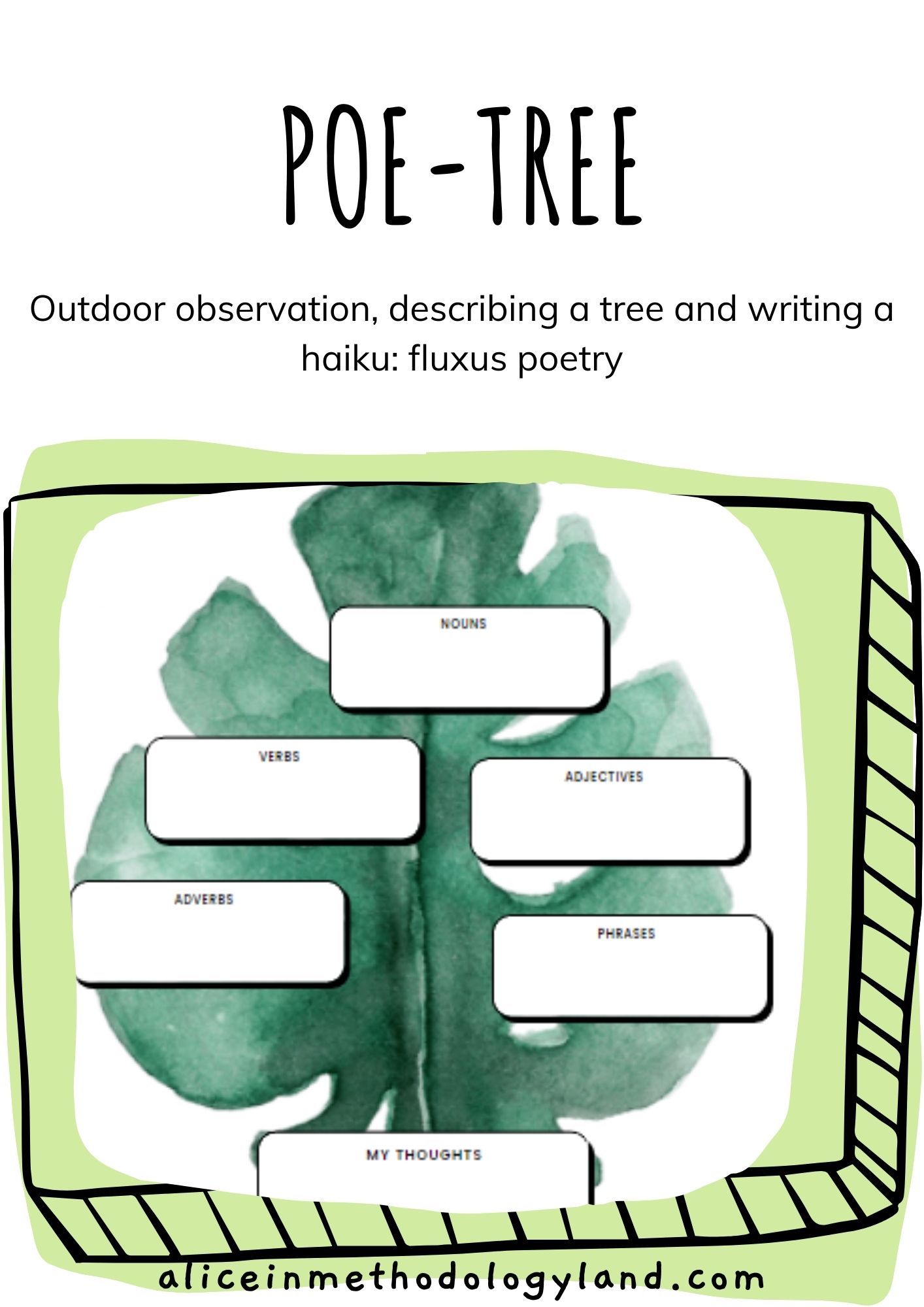
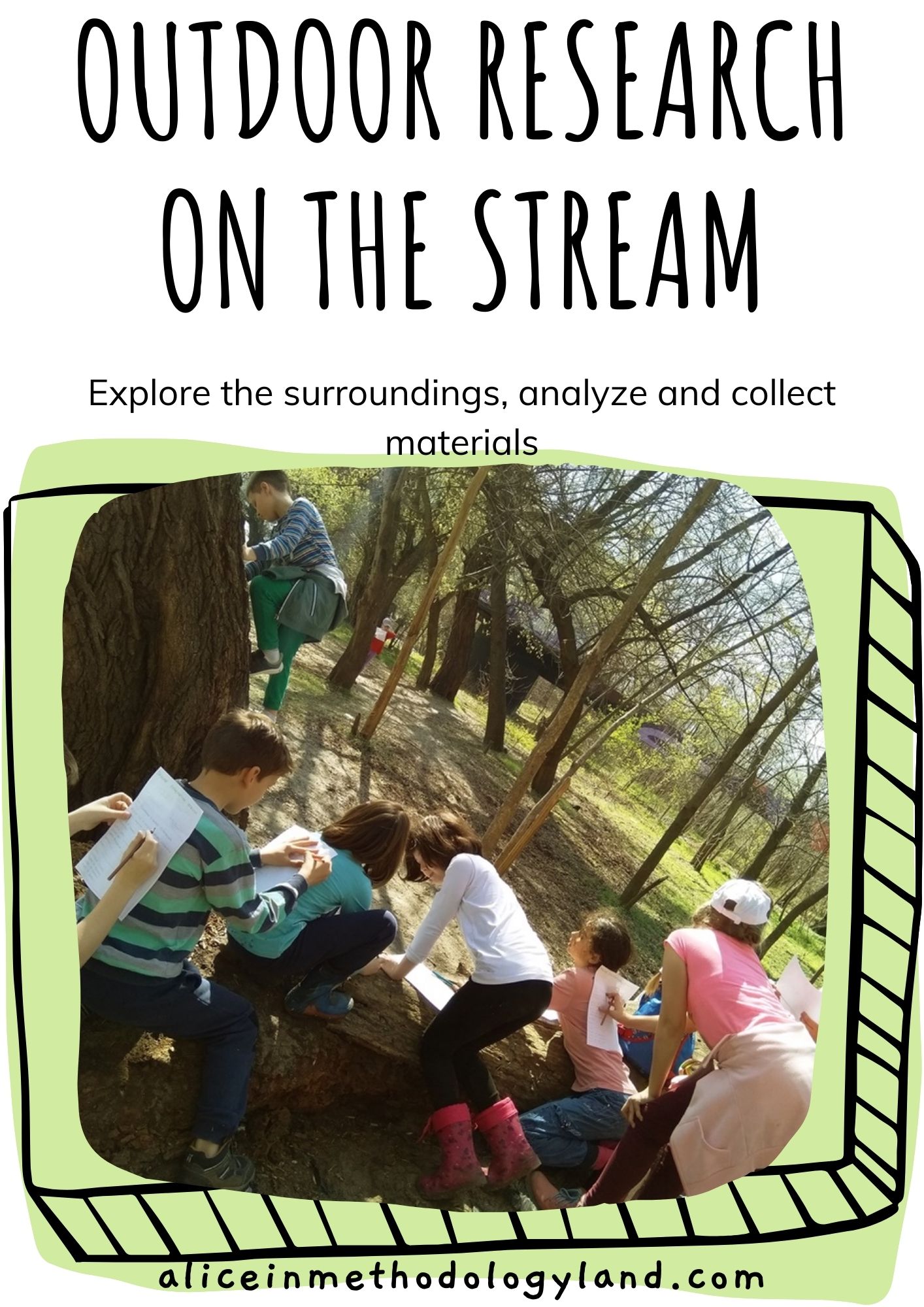

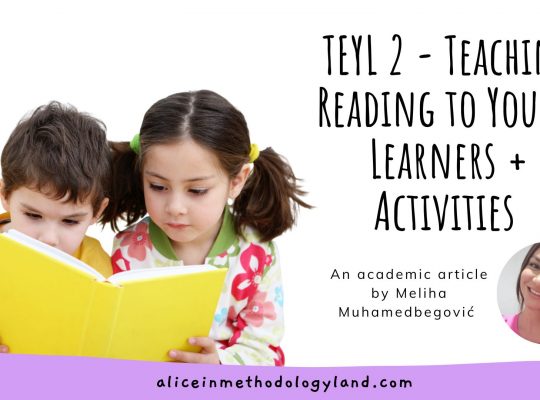
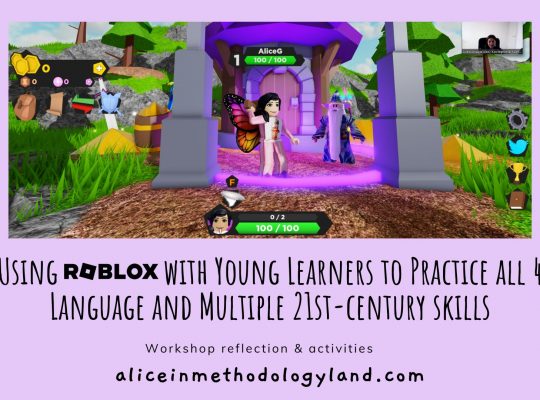

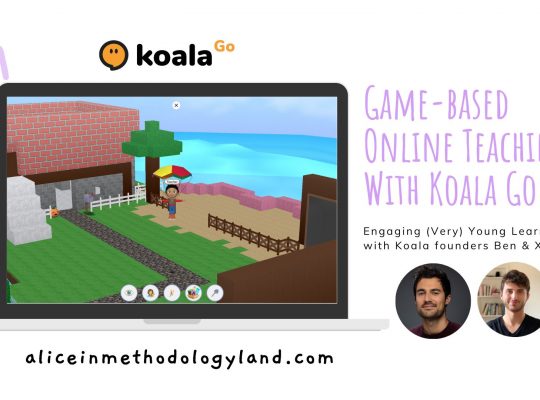
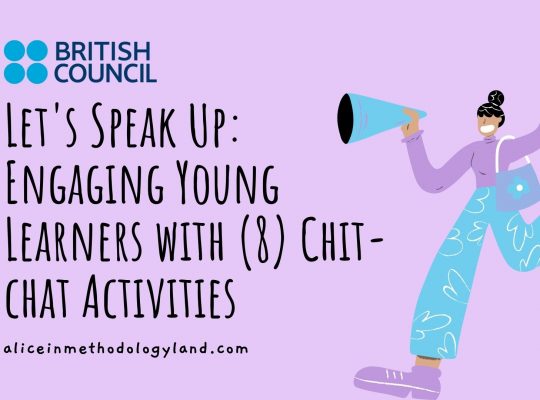
[…] Engaging Young and Very Young Learners with Environmental Issues (10 online, face to face & acti… […]
[…] delighted to be co-presenting this webinar with Milica from Alice in Methodologyland on a topic close to both our […]
[…] Exploring the Environment with Young Learners: 10 Online, Face to Face & Activities for Parents […]